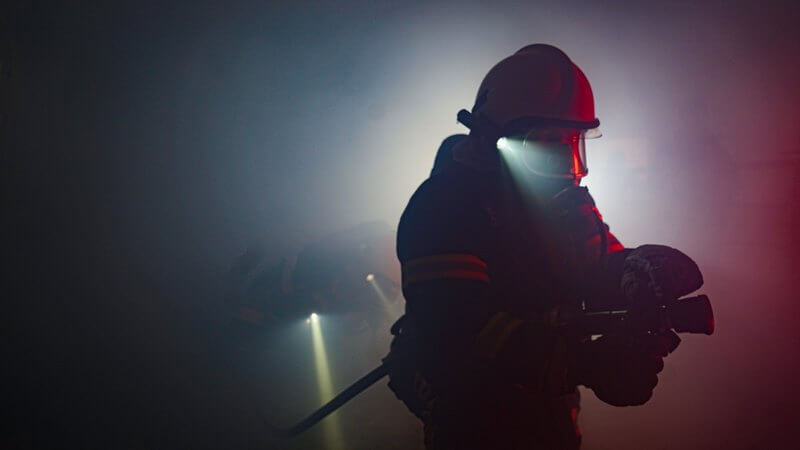
It began with shell shock
In this blog, I share emotional first aid for employees and why psychological techniques are translatable to the workplace. But first, let’s talk about shell shock. During World War II, soldiers first coined the phenomenon to describe extreme fatigue, tremor, confusion, nightmares, and impaired sight and hearing they experienced on the battlefield. Medical professionals struggled to assist these soldiers as their symptoms were highly physical. Over time, a medically trained psychologist, Charles S. Myers, studied these psychiatric battle casualties. His treatment regimen–prompt treatment as close to the fighting as is safe, with an expectation of recovery and return to the unit–went largely unheeded during the war. However, recognition of PTSD and traumatic stress is now widely accepted.

Psychological first aid for community disasters
Over time, Psychological First Aid (PFA) protocols emerged to assist people after disasters and acts of terrorism. The techniques were developed by the National Child Traumatic Stress Network and the National Center for PTSD, along with other eminent experts in the field. During my time with the MA Department of Mental Health, I was fortunate while administering several disaster grants to get certified as a PFA trainer. Along with implementing PFA in the field, I saw the benefits first-hand as teams assisted communities’ recovery. With oversight from clinical professionals, community members gain skills to engage citizens to provide stabilization, comfort, links to support, and referrals to traditional mental health services. It focuses on practical assistance to aid psychological health after a crisis.

Employee assistance program limits
Most businesses have contracts with an employee assistance program to aid in mental health assistance. Some offer well-being benefits to provide a holistic approach to supporting the entire workforce. However, few have dedicated teams trained to deliver disaster-level services after an event. Although grief counseling teams exist, few vendors adopt the PFA model to train employees to help each other. The most successful implementations work with leadership to set the tone and encourage employees to address traumatic stress over the long term.

Public peer stress support networks
Law enforcement groups adopted the process after September 11 and other events. Boston’s Peer Support and Critical Incident, Stress Management Team embraced emotional first aid. Yet another is New York’s POPPA, the confidential peer-based assistance program for police officers. Boston Children’s Foundation (BCF), led by Dr. Roberty Macy, leads delivery of an evidenced-trauma informed modular approach to assisting children, teens, adults, and families. Another example is MA’s Psychological First Aid Training and Building Psychological Resilience for health workers in the public sphere. I was fortunate to partner with these groups during my former work.

The evolution of workplace emotional first aid
Fortunately, businesses are coming around to the importance of emotional resilience and well-being in the workplace. Delta airlines taught their employees first aid for mental health. As more companies embrace primary Mental Health First Aid (MHFA) to spot psychological illness and substance abuse, it paves the way for larger-scale crisis support. Now, with COVID, more corporations recognize the need to incorporate crisis protocols and develop crisis emotional first aid for employees. These techniques combine PFA and MHFA, recognizing that traumatic events can happen at work, either from workplace violence or natural disasters.

Value to resilience
If you follow my blog, my core interest is resilience. It’s that combining approach aligning security, safety, business continuity, crisis management, risk, and operational stability into an organizational whole. Pieces and parts existed before the talk about business resilience. After the recent shock of COVID, worldwide protests, and warfare in Ukraine, companies recognize a part of the puzzle is workforce stability. Employees need tools to support each other’s mental hygiene. Like business resilience, preventative methods are best. So, leveraging a combination of pre and post-crisis techniques enables employee resilience and incorporates it into Resilience Program Design.
